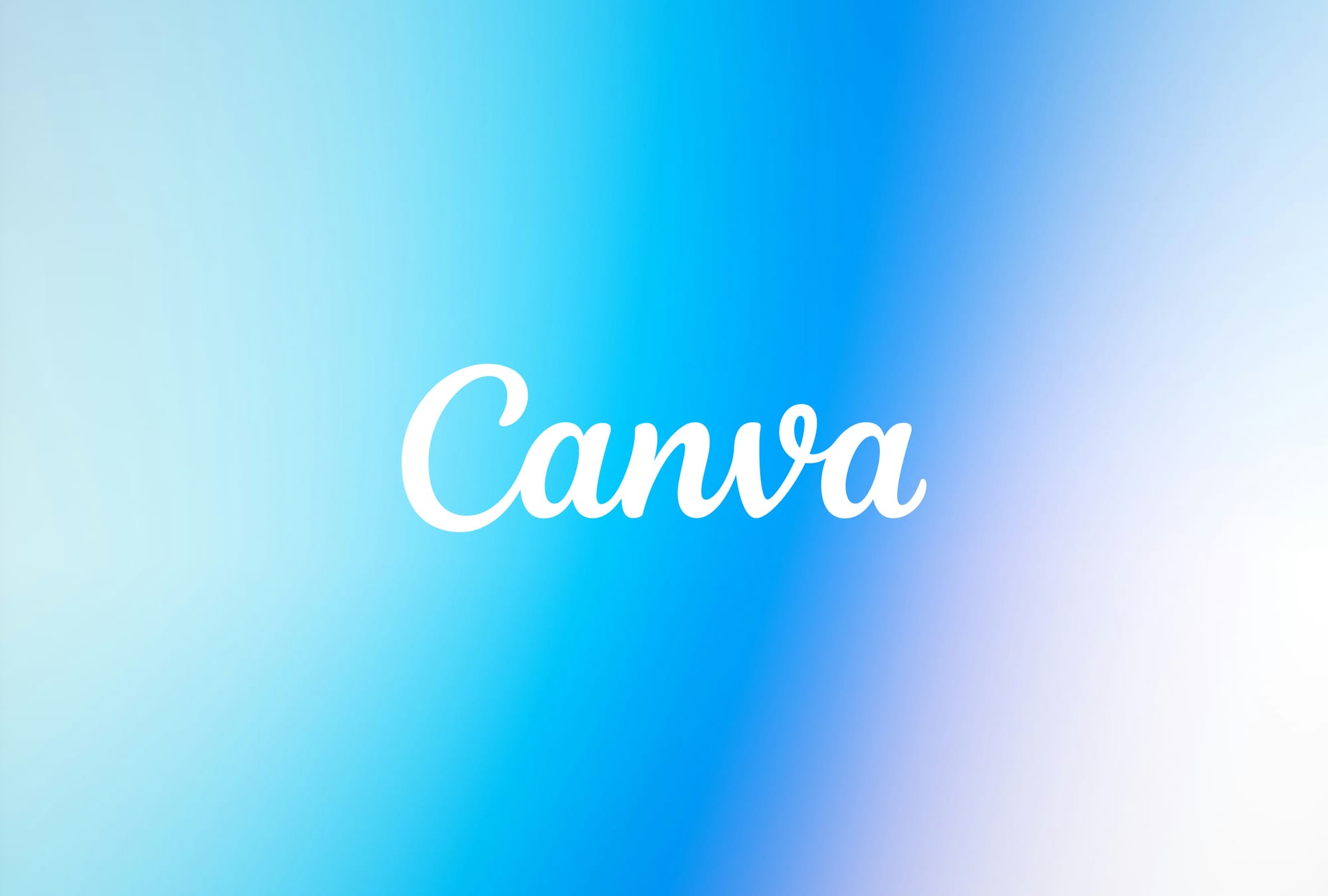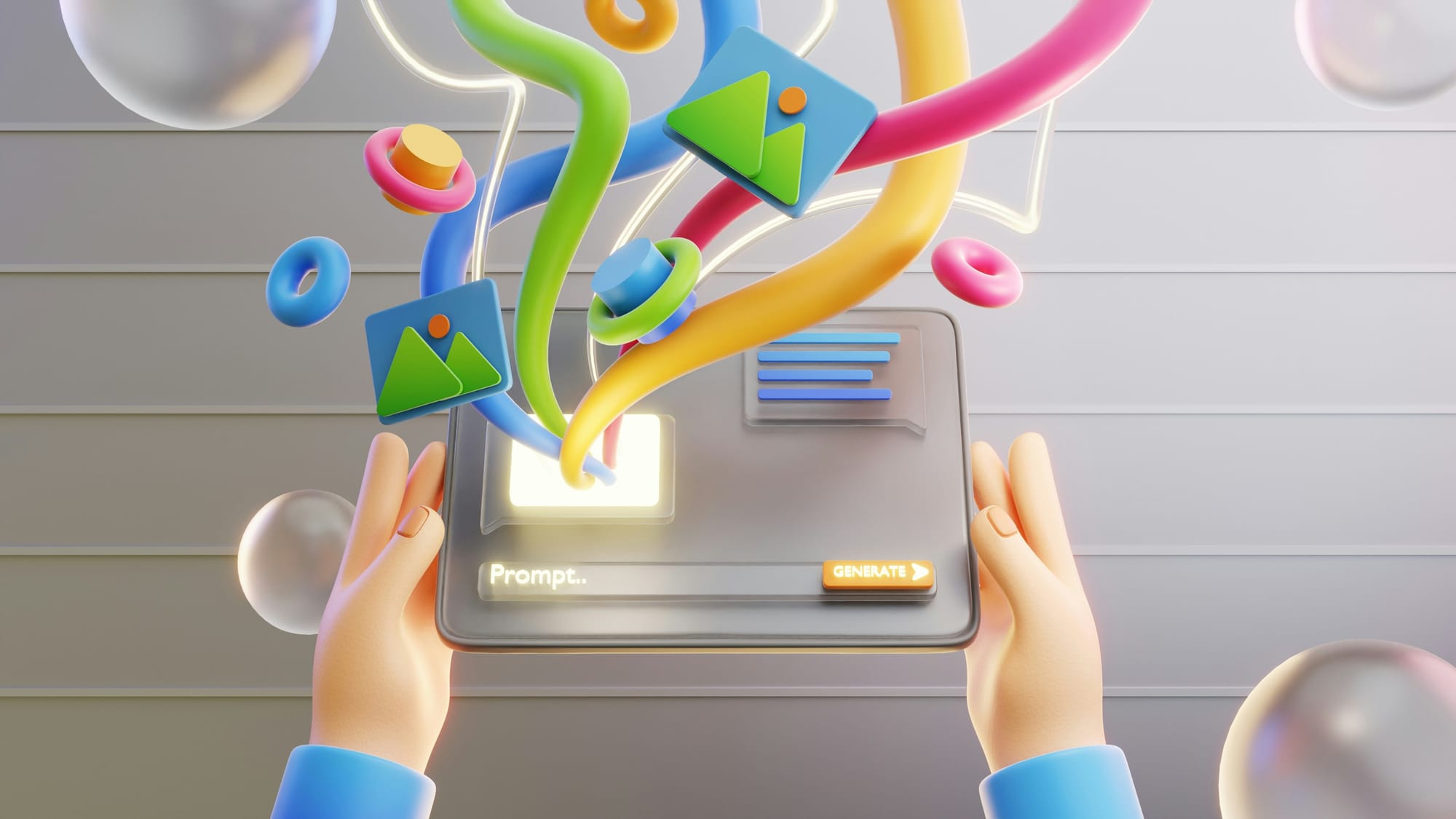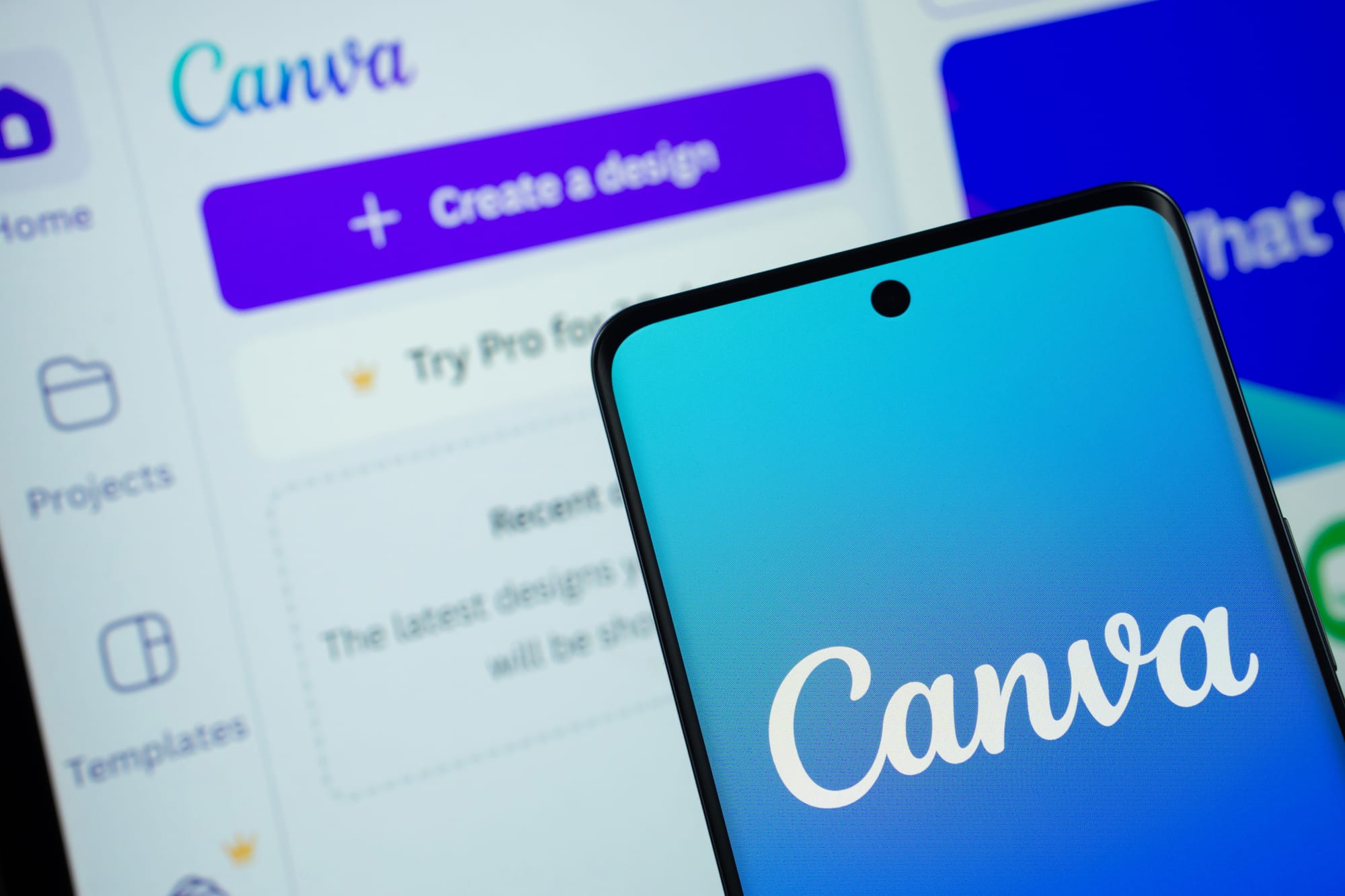On one side, traditional graphic designers clutch their Adobe subscriptions like sacred relics. On the other, millions of creators are churning out content using Canva's drag-and-drop interface. But here's the million-dollar question: Is Canva actually good, or is it just convenient?
Let's cut through the noise and examine what Canva really brings to the table for today's creative professionals.
The Democratization Revolution
Canva has fundamentally changed who gets to create. The platform has democratized graphic design, making it accessible to over 50 million users worldwide, with 75% being complete non-designers. This isn't just a statistic—it's a seismic shift in how visual content gets made.
"Canva has democratized design by making it accessible to everyone, regardless of their design experience," notes Melanie Perkins, Canva's Co-founder and CEO. This accessibility has opened doors for small business owners, educators, and content creators who previously couldn't afford professional design services.

Where Canva Truly Shines
- Speed and Efficiency: Canva excels at rapid content creation. The platform's Magic Resize feature alone can transform a Twitter post into an Instagram story in seconds. For content creators managing multiple platforms, this time-saving capability is invaluable.
- Collaboration Made Simple: Unlike traditional design software that requires file transfers and version control nightmares, Canva's web-based platform enables real-time collaboration. Teams can share feedback instantly and make edits without the technical barriers that often slow down creative workflows.
- Template Quality: While critics argue that templates create homogenized designs, Canva Pro's 610,000+ premium templates offer sophisticated starting points that many small businesses couldn't afford to commission custom.
The Professional Designer's Dilemma
Here's where things get interesting. Professional designers often dismiss Canva as "amateur hour," but this perspective misses a crucial opportunity. Smart designers are learning to leverage Canva strategically rather than competing against it.
One designer shared:
"My social media manager is not a designer and he doesn't have a subscription to Adobe CC. He doesn't need one either... Canva lets him easily edit something we've already designed".
This represents a new workflow where designers create the foundation, and non-designers handle execution and variations.
The Honest Limitations
However, let's be real about what Canva can't do:
- Complex vector work: Creating custom logos or intricate illustrations requires more sophisticated tools than Canva provides
- Advanced typography: The platform lacks the precise typographic controls that professional projects often demand
- Photo manipulation: While Canva offers basic editing, it can't match Photoshop's capabilities for detailed retouching
- Unique branding: Heavy reliance on templates can lead to generic-looking designs that fail to differentiate brands

The Strategic Middle Ground
The smartest approach isn't choosing sides—it's understanding when to use what tool. Canva excels for:
- Social media content at scale
- Quick presentation materials
- Team collaboration on marketing assets
- Client-editable templates
Professional design software remains essential for:
- Brand identity development
- Complex print projects
- Custom illustration work
- Detailed photo manipulation

Future-Proofing Your Creative Career
The graphic design industry is projected to decline by 10% from 2020 to 2030, but this isn't solely due to Canva —it's part of broader automation trends. However, designers who adapt are finding new opportunities in strategy, creative direction, and high-level conceptual work.
The formula for success in this evolving landscape is clear:
Success = (Creativity + Strategy) × (Technical Skills + Adaptability).
The Bottom Line
Is Canva good? Yes, but with context. It's an excellent tool for specific use cases and audiences. It's democratized design in ways that benefit society and opened creative possibilities for millions. But it's not a replacement for professional design expertise—it's a different tool for different jobs.
For graphic designers, the question isn't whether Canva is "good" or "bad." It's whether you'll adapt to a world where design tools are increasingly accessible, or get left behind defending outdated gatekeeping.
The creators and businesses thriving today aren't asking if Canva is good enough—they're asking how they can use every available tool to create better, faster, and more effectively. That's the mindset that wins in 2025 and beyond.
Ready to evolve your design approach? The future belongs to creators who embrace the full spectrum of available tools, from Canva's accessibility to professional software's precision. The question isn't which tool is better—it's how strategically you'll use them all.




Discussion